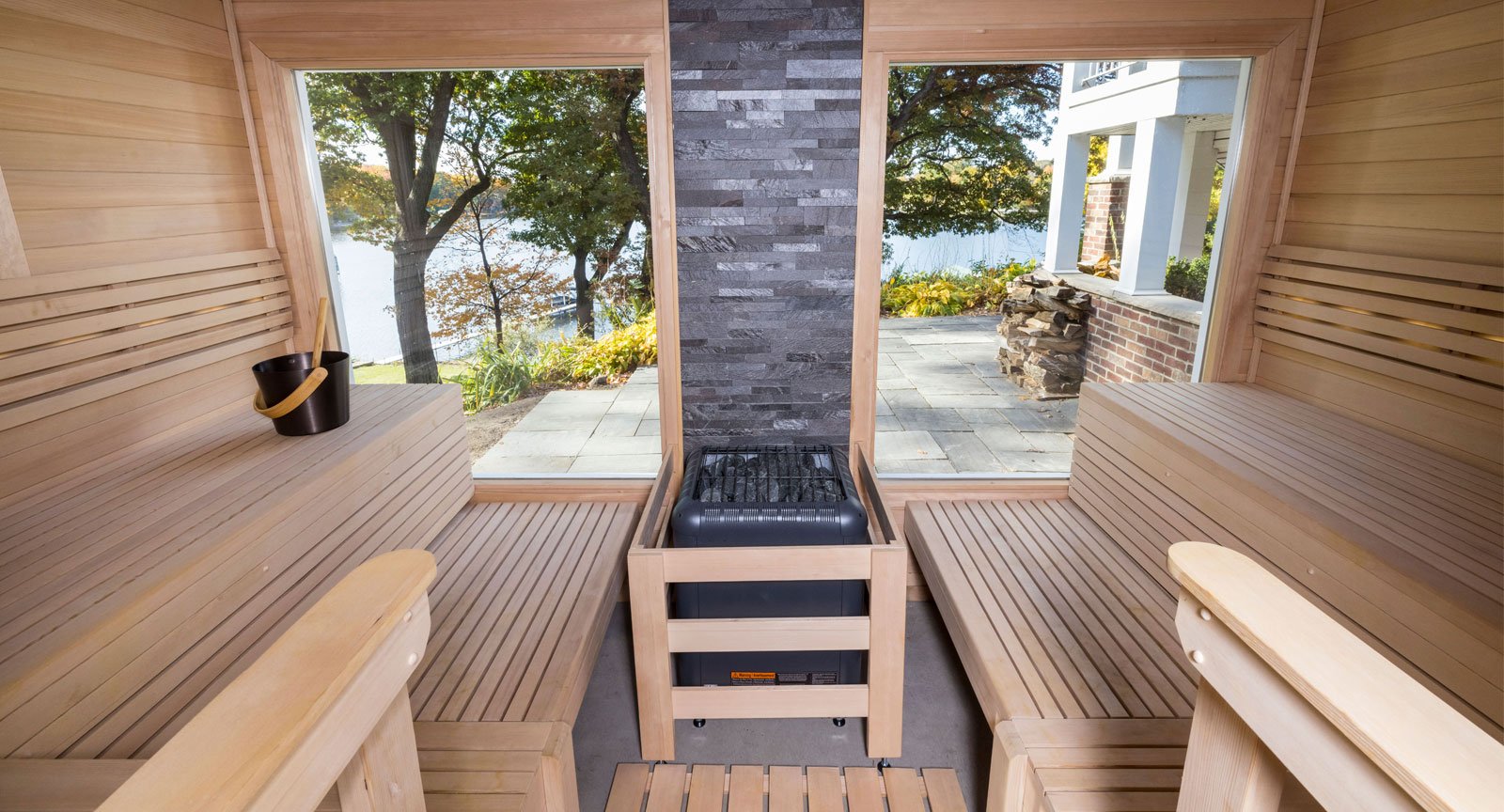The Buzz on Traditional Sauna
The Buzz on Traditional Sauna
Blog Article
Fascination About Traditional Sauna
Table of ContentsExcitement About Traditional SaunaEverything about Traditional SaunaTraditional Sauna Can Be Fun For EveryoneThe Best Guide To Traditional SaunaTraditional Sauna Things To Know Before You Get This
The majority of the weight shed in a sauna is water loss and is re-gained upon rehydrating. Without an uncertainty sauna can be an important part of a healthy weight loss program. To take a look at the differences between conventional and IR saunas, I will separate these into verifiable, theoretical, and fabricated differences.Hence, the best factor in the saunawhich goes to the ceiling straight over the sauna heateris normally in between 185 and 190 F. Claims that a typical sauna goes beyond 200 F is merely not real and not suitable for electric saunas sold in the US. The temperature for a far-infrared sauna is typically set between 120 and 140 F; nonetheless, unlike the typical sauna, the objective in and IR space is not to accomplish a heat.
Since of this, the temperature difference is almost irrelevant, since excessive sweating causes both sauna types, but the approach of heating the body is different. In an IR sauna the bather will certainly feel hot and will sweat a lot, however at much reduced temperature levels. Traditional Sauna. Therefore, if the goal is to invest longer amount of times in the sauna, the IR sauna is a good selection

Everything about Traditional Sauna

When the heat is accomplished, the components cycle on and off to preserve the heat. Traditional Sauna. Most conventional sauna users enjoy putting water over the rocks to develop heavy steam to raise sauna humidity levels. The benefits of pouring water over the rocks include: making the room much more comfy, moistening the nasal flows, and permitting the usage of aromatherapy by blending necessary oils with the water
In a far-infrared sauna, the warm front permeate the body to effectively heat up the body and increase the body core temperature level. To attain this enhanced temperature level, Far-infrared emitters create infrared power which is close to the very same wavelength as that which the body normally emitsoften referred to as the "Important Array" of 7 to 14 microns), so the power is well received by the body.
When the energy gets in the body, it creates the body temperature level to increase and inevitably causes sweat. In an infrared sauna it is necessary for the emitters/heaters to continue to be on practically constantly. Because there is no mass of rocks to maintain warmth, the sauna will certainly cool if the emitters shut down.
Everything about Traditional Sauna
As discussed over, the sauna bather in an infrared room desires to position himself before operating emitters to obtain optimal gain from the heat. The home heating time for the 2 rooms can be really various, depending on how the spaces are made use of. For a traditional sauna, a bather must permit 30-40 minutes for the room to achieve a desired temperature and to appropriately pre-heat the rocks.
A well created sauna will commonly achieve a temperature of 150-160 F in concerning 30-40 mins. For hotter temperature levels, the room might need to warmth for a longer period. Once the space accomplishes established temperature, the heating unit will cycle on and off, usually running concerning 50% of the time. The protected walls and the heated rocks will maintain the area hot and at steady temperatures.

Traditional saunas tend to be bigger (therefore make use of even more power) than infrared saunas, although typical saunas are definitely offered in one and two person dimensions too. For a two-person traditional sauna, 5x6 or 5x7 dimension is most prominent. The top bench can conveniently seat 2 or 3 people and is additionally enough time to lie down during the sauna click this link session.
Indicators on Traditional Sauna You Need To Know
The ordinary cost per kWH of power in the U.S. is about $0.11 - Traditional Sauna, so a 4.5 kW heating unit will certainly cost around $.50 to run for one hour, if the heating unit runs continually for one hour. Normally a sauna heater will certainly compete 75% of the first hour and 50% of succeeding hours on since the aspects cycle once the established temperature level is accomplished
A 2 individual far-infrared room is normally literally smaller than a standard sauna, frequently regarding 4' x 4' or smaller sized. The IR heating system is usually 1.5-1.7 kW making use of a 120 volt 15 amp plug-in service. Because the space can be made use of sooner than a sauna space, we will certainly think the room is used for to of an hour including warm up time.
There is a rarely gone over difference in the social experience between the two areas. go to the website While our culture has lost a few of the social benefit of the standard sauna click for source experience, it can be really socially rewarding. From family time in the sauna, to heart-felt conversations with loved ones, to sauna partiesthe standard sauna experience can cause intimate mingling.
Not known Details About Traditional Sauna
Most greater end infrared rooms consist of tinted light treatment, sound systems and full-glass fronts.
Report this page